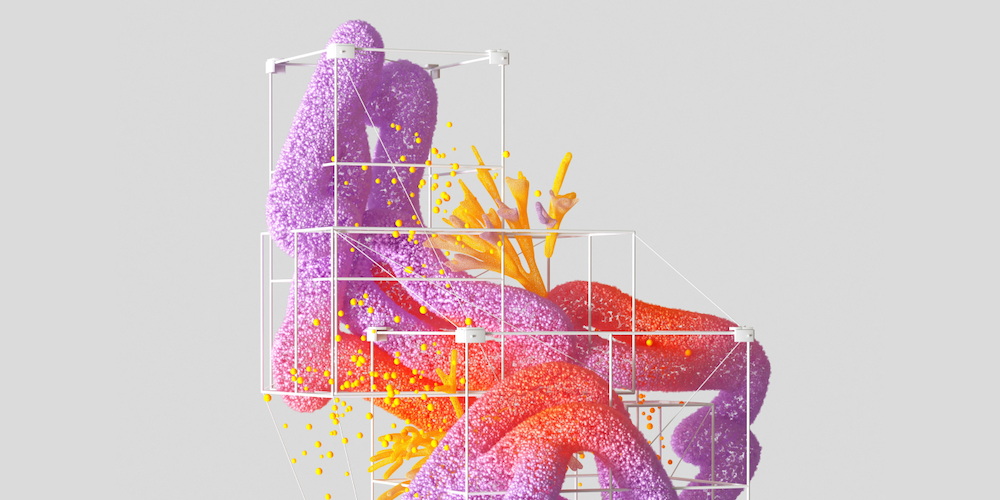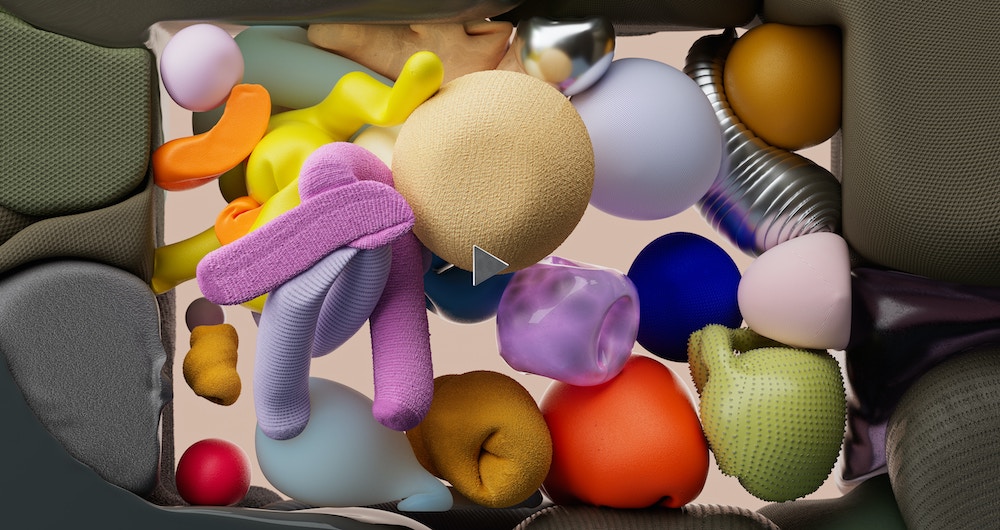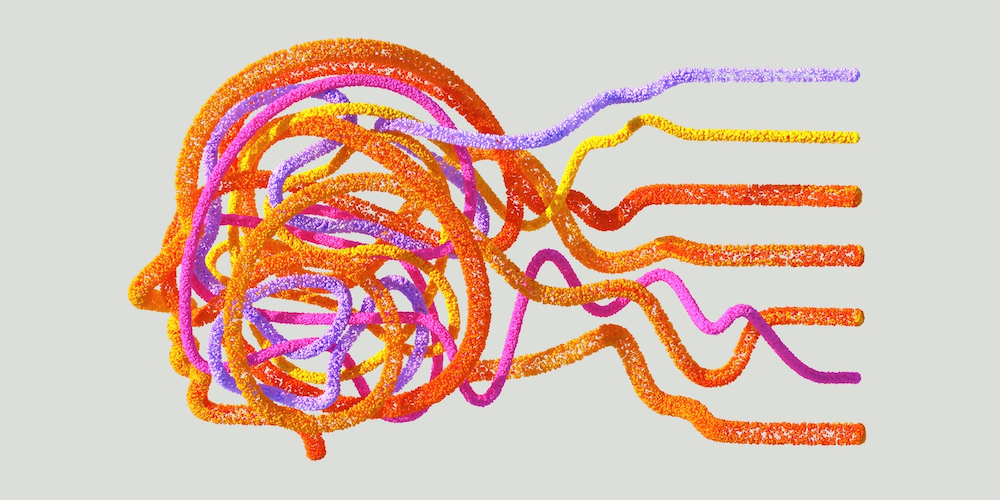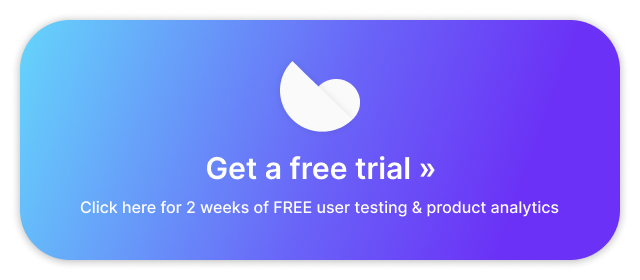What is AI (or Artificial Intelligence)?
In today’s rapidly evolving technological landscape, artificial intelligence (AI) has emerged as a buzzword at the forefront of discussions across the tech industry.
AI, simply put, refers to the ability of machines to perform tasks that normally require human intelligence, thereby enhancing productivity and driving innovation. This includes speech recognition, decision-making, problem-solving, visual perception, natural language understanding, and more.
There are 3 types of AI:
- Narrow AI: This type of AI is programmed to perform specific tasks, such as playing chess, facial recognition, and speech recognition.
- General AI: This type of AI is designed to think and perform like a human being. It can understand and learn any intellectual task.
- Super AI: This type of AI is an advanced form of general AI, which is capable of surpassing human intelligence in every way.

Applications of AI in different industries
Artificial intelligence has numerous applications in a variety of fields and industries. Below is just a small sampling of some of those applications:
Healthcare: AI can be used to diagnose and treat diseases, predict and prevent potential health risks, and develop drugs and treatment plans.
Finance: AI can be utilized in fraud detection, risk management, and investment forecasting.
Transportation: AI can be used to develop autonomous vehicles, optimize traffic flow, and improve public transportation.
Customer service: AI can be used in chatbots, virtual assistants, and voice-activated systems to provide personalized customer service.
It’s widely expected that as AI technology progresses, an increasing number of applications in ever more industries will be identified. (For example, in the UX research & design space, AI might be able to help us prepare test scripts, collect data, and analyze user results – more on that later in the article!)
Advantages and disadvantages of AI
Artificial intelligence has been a controversial topic since before it even existed. Dating back long before the current state of AI’s development, many have made arguments against and in favor of AI.
The technology is still quite young, and time will tell what the tradeoffs of artificial intelligence technology will truly be. For now, many potential advantages and disadvantages have already been outlined.
Advantages of artificial intelligence:
- Increased productivity and efficiency: AI will be able to perform a variety of jobs much faster, and at much larger scale, than previously possible
- Better decision-making: By processing huge quantities of inputs and analyzing them with a minimum of bias (theoretically), AI can lead to more intelligent decisions
- Cost savings: By executing on formerly time-consuming and labor-intensive tasks on its own, AI will be able to reduce businesses’ spending on those items
- Improved quality of life: A variety of high-effort tasks currently done by humans can be assigned to AI, freeing up people from doing them
Disadvantages of artificial intelligence:
- Job displacement: The inherent flip-side of some items from the list above – by taking on large numbers of tasks currently performed by people, AI could put many out of work
- Lack of emotional intelligence: AI is likely to make decisions based purely on logical processes without factoring in empathy, running the risk of inhumane outputs
- Security concerns: Without very careful guidelines about the data that AI is trained on, it may recycle and expose information meant to be kept private
- Dependency on technology: The more jobs that human societies and economies relegate to AI, the more dependent they will become on AI, creating potential vulnerability
AI is a rapidly growing field with numerous applications in various industries. Its ability to replicate human intelligence in machines has the potential to revolutionize the way we live and work. While non-AI-based data analytics does identify broad patterns, AI systems can dig deeper and provide insights for several more use cases and scenarios.
However, it is essential to be cognizant of its advantages and disadvantages, and to use it responsibly. The nature of AI means that its outputs draw from a combination of quantitative and qualitative data, processed quantitatively – meaning the insights might be based on human thoughts and feelings, but won’t actually incorporate human feeling in the synthesis process. Ultimately, this is both a pro and a con.
As AI continues to develop and evolve, we must continue to consider its impact on society and the world around us.
Watch: Chatting with ServiceNow’s Group Product Manager of Platform AI

How AI-powered user testing is breaking new ground in the UX industry
As artificial intelligence breaks ground in more and more fields, AI-powered user testing is revolutionizing the UX industry by providing efficient and effective methods for gathering user insights and improving user experience.
It brings speed, scalability, cost-effectiveness, and advanced analytical capabilities to the field of user research. By leveraging AI technologies, companies can rapidly create and run UX studies, gather and analyze meaningful insights in real-time, identify pain points, and optimize their products and services to meet user needs more effectively.
The applications of AI to UX research are many. By leveraging large datasets and advanced analytical capabilities, AI can synthesize and apply best research practices to help prepare new studies, or apply speech recognition and text analysis to help analyze large amounts of spoken user testing feedback.
AI-powered user research can open doors to more thorough, more effective, and more reliable UX findings, helping companies evaluate user experience issues, website performance, mobile app interactions, and other key user journey touchpoints.
Benefits of AI-powered user testing
Traditional user testing methods involve a lot of manual facilitation and analysis by human researchers, leading to several limitations. The cost in man-hours means that most organizations do less research, less often, than they should. Reliance on human analysis also means that findings can be subject to the biases, and the level of expertise, of those reviewing the data.
On the other hand, AI-powered user testing can scale efforts much more efficiently, while minimizing the human inputs required that can slow down or otherwise impact traditional testing methods.
By using artificial intelligence to help set up studies, including writing user testing task scripts, we can significantly reduce the time taken to test launch.
Try it now: AI-powered usability test script generator
Then, after results have been collected, we can use AI to help with a first stab at the analysis. Rather than sitting through 10 hours of user video data, artificial intelligence can sift through the same amount of video many times faster than a human, transcribing and evaluating users’ feedback and interactions, and flagging possible problem spots.
Another of the benefits of AI-powered research versus traditional methods is the heightened ability of artificial intelligence to recognize patterns quickly. Human analysis requires hours poring over video and supplementary data. Then, it relies on a variety of less-than-perfect human processes: pattern recognition (which is prone to error), recall (remembering and tying together all the relevant pieces of data), and communication (if multiple researchers were looking at the data).
With AI-powered user testing analysis, patterns can be identified through large-scale data analysis in seconds, with reliability and comprehensiveness, significantly increasing the efficiency of user testing.

To sum up: AI-powered user testing offers many benefits that can positively impact user experience optimization activities…
- Faster research: With automated test setup, studies can be launched much quicker, reducing overall testing time
- Increased scalability: With less reliance on manual data analysis, much larger datasets can be collected without missing out on insights
- More accurate insights: AI-powered analysis can identify patterns at scale in ways that human researchers may miss
- Cost savings: AI-powered research cuts down on the more expensive, time-consuming aspects of testing, which can save businesses money
The future of AI-powered user testing
As businesses continue to prioritize better digital experiences through better UX design, the importance of user testing will continue to grow. AI-powered testing offers a scalable and efficient approach to digital user testing, and is poised to become the industry standard in the near future.
As AI algorithms continue to improve, the technology will become ever more effective in creating well-crafted UX studies, and identifying and understanding user behaviors, further enhancing the UX research and design process.
Limitations and ethical considerations
It’s still important to address certain limitations and ethical considerations when incorporating AI into usability testing. Ensuring data privacy and security is paramount to protecting user information collected during the testing process, as well as the proprietary information, designs, and findings of researchers engaging with AI-powered user testing methods.
It is also crucial to address biases that may be present in AI algorithms to ensure fairness and inclusivity in the testing outcomes.While we like to think that AI is totally without bias, it is in fact susceptible to inheriting the biases of the humans that create and train it, and targeted efforts are required to eliminate these slants.
Lastly, balancing the automation capabilities of AI with human expertise is essential to ensure a comprehensive and holistic approach to usability testing. Artificial intelligence should not be viewed as something that will replace the need for human researchers – rather, it is a tool that can enhance our work, and take on some of the most time-intensive aspects for us.
AI in Trymata’s usability testing tools
When it comes to usability testing, one of the biggest challenges faced by organizations is the time commitment.
While most companies with a mature, polished digital presence are aware of the importance of usability testing, it is often hard to fit into rapid product development timelines. It takes time to plan and set up each study, then more time to collect the results, and most of all, to analyze them.
After conducting a usability test with users, teams are left with a wealth of information that needs to be analyzed and understood.
On the Trymata platform, AI steps in at each of these stages to revolutionize the usability testing experience and help organizations execute on a regular user testing strategy more efficiently and effectively.
Let’s delve deeper into how AI enhances the usability testing experience at Trymata:
- AI-powered user test script creation
Writing the task script for a user testing study is the first piece of the puzzle that can eat up time for a human researcher. It doesn’t always take long, but if you get stuck with “writer’s block” or debating over the perfect word choices, task-writing can become a drawn-out procedure. Trymata’s AI-powered tasks generator takes a lot of the work out, serving up a useful draft for most test flows. From there, the human researcher need only do a final edit to get the test ready for launch. - Automated user testing data tagging
Watching and annotating the video data from a user test can be a tedious and time-intensive task. AI techniques such as machine learning and natural language processing (NLP) enable Trymata to generate automatic annotations flagging moments of interest in a user video. These may include moments of frustration, confusion, or delight! This auto-tagging allows for quicker identification of critical UX junctures, user behaviors, and patterns and themes of the data. - Categorization and prioritization of UX findings
Sorting and categorizing data manually is a major undertaking, considering the large quantity and varied types of information that user testing can generate. AI is well-suited for performing this type of task, though, and at Trymata we incorporate AI to analyze, categorize, and sort data in a way that’s easy for human researchers and decision-makers to take advantage of. The auto-generated displays of important patterns and overlaps make it easy to choose how to turn research into action.
By leveraging AI technology, Trymata not only streamlines the process of performing usability testing, but also enhances the overall ability of a team to intelligently and sustainably optimize the user experience of their products.
Trymata at the forefront of leveraging AI in UX
Trymata’s utilization of AI in usability testing transforms the way organizations understand and utilize the vast amount of data generated during the testing process. By automating key steps of the research process, AI enhances the efficiency and accuracy of data interpretation. It enables product teams to iterate faster, learn more, and build smarter workflows.
With attention to ensure a healthy and responsible human-AI partnership, Trymata is at the vanguard of leveraging AI to revolutionize user experience.





